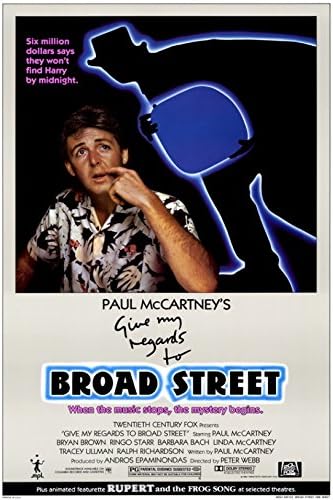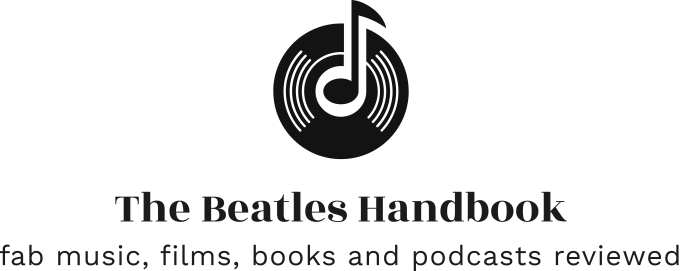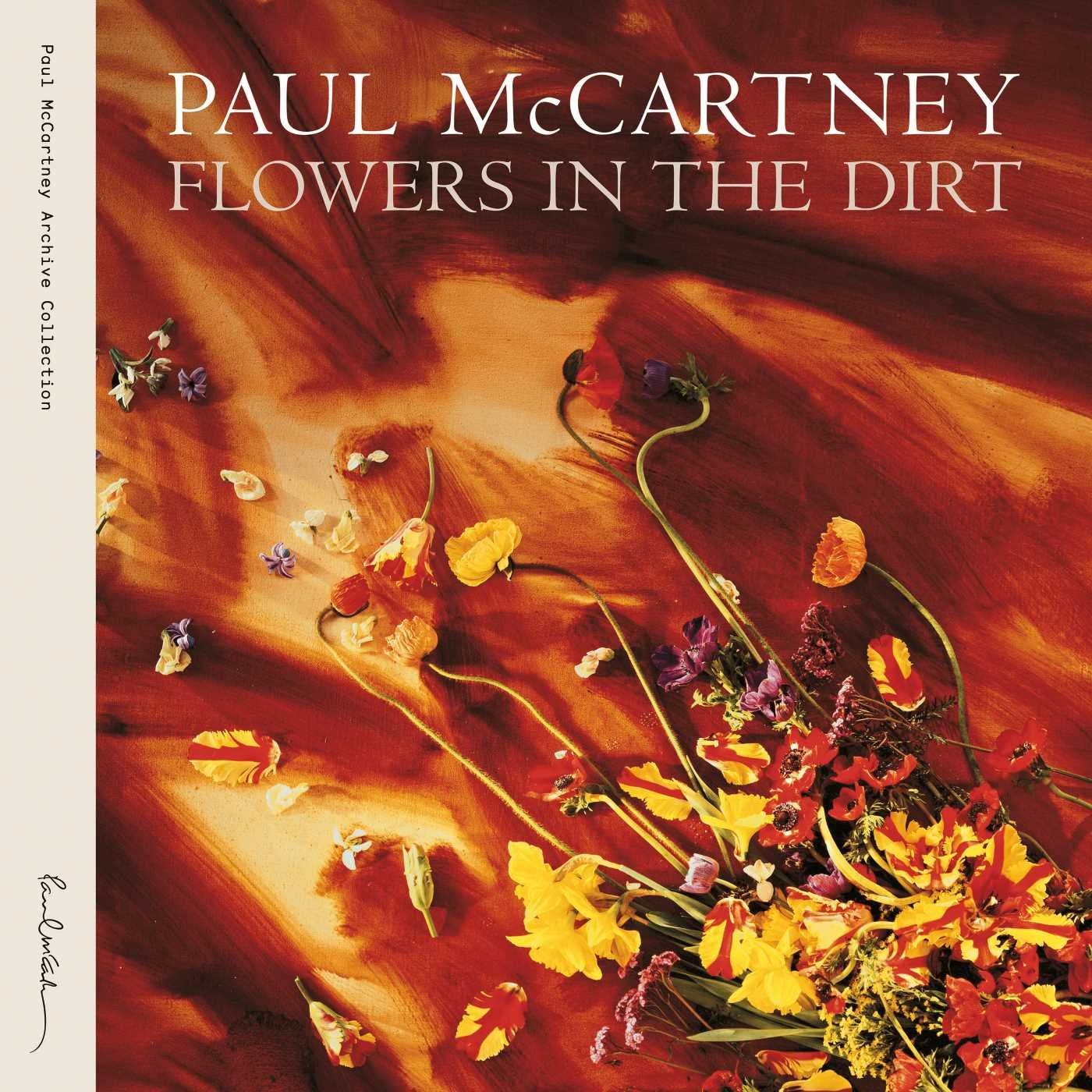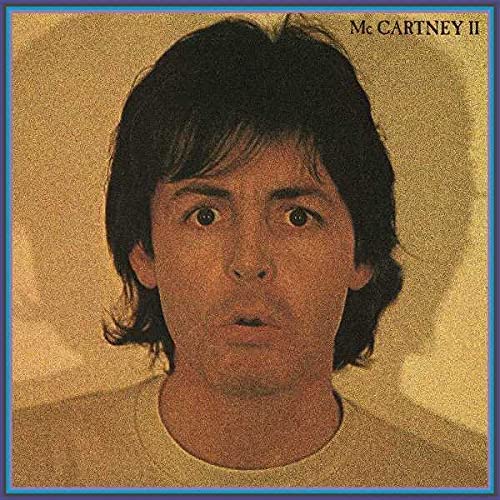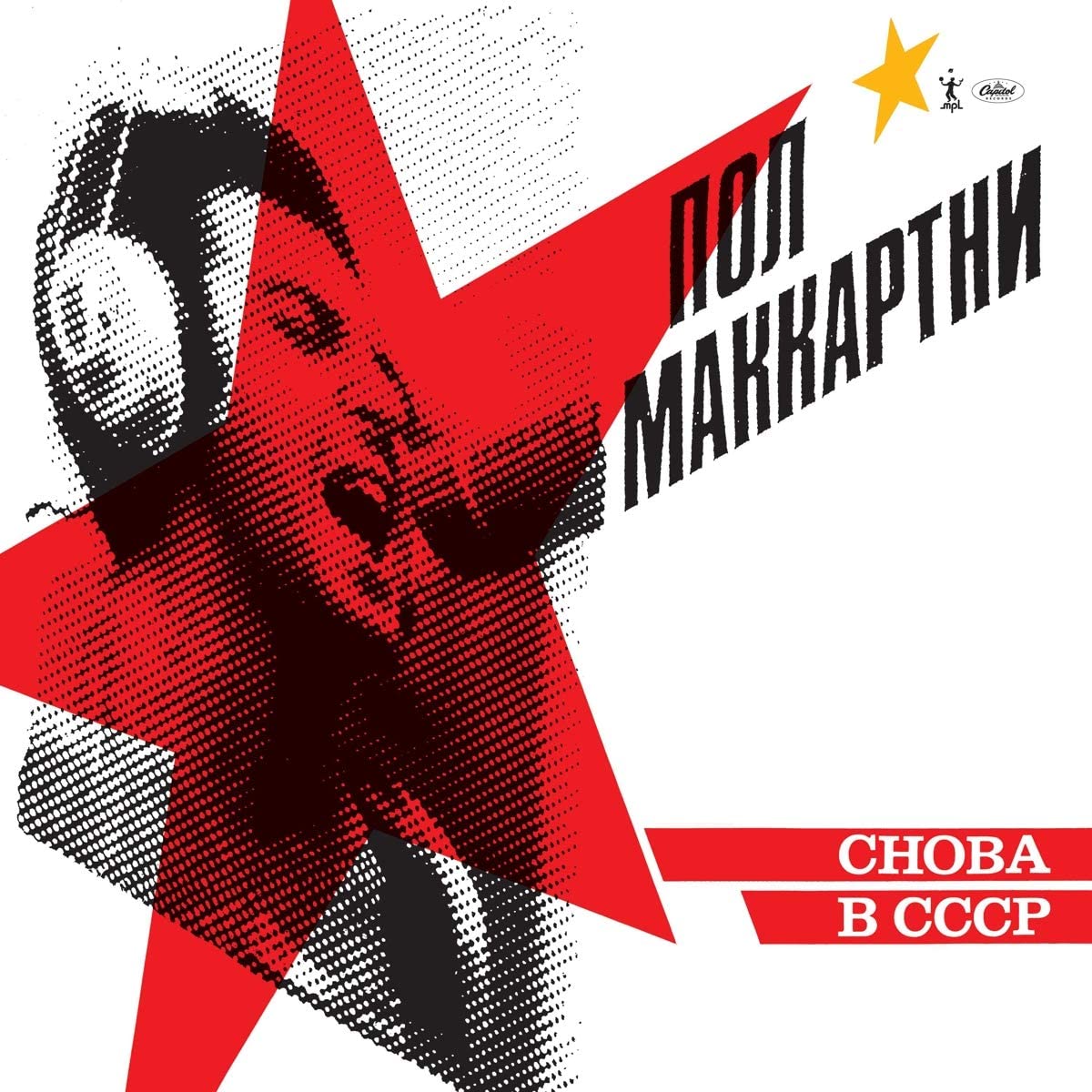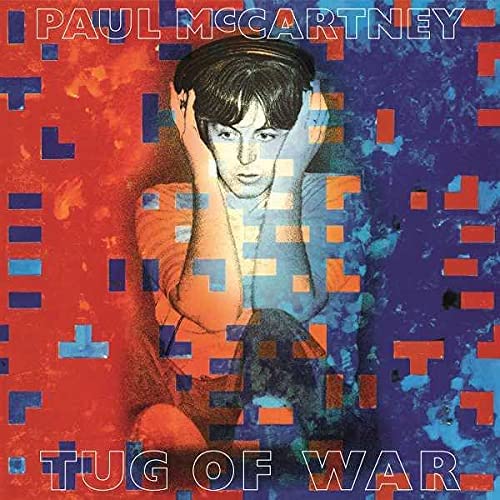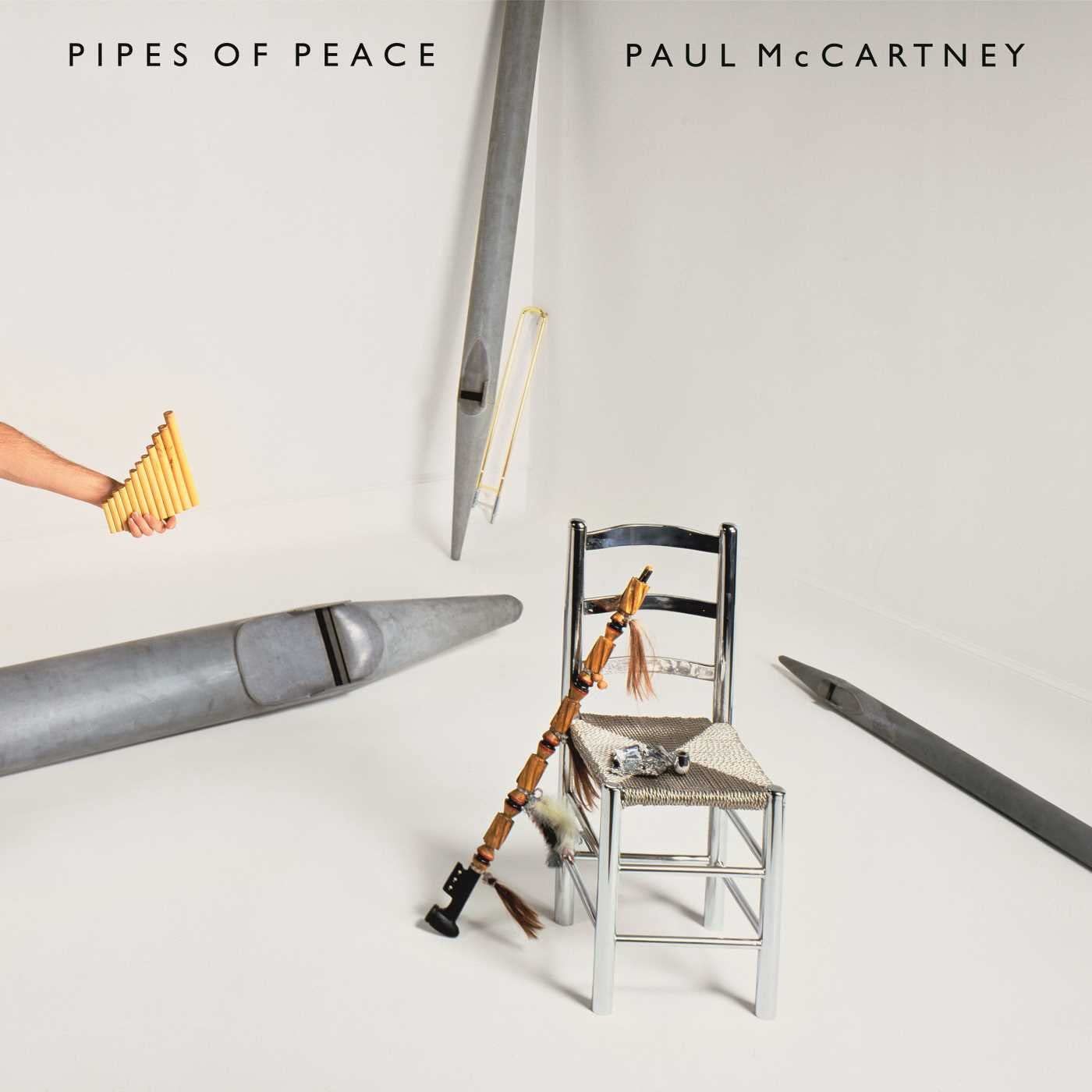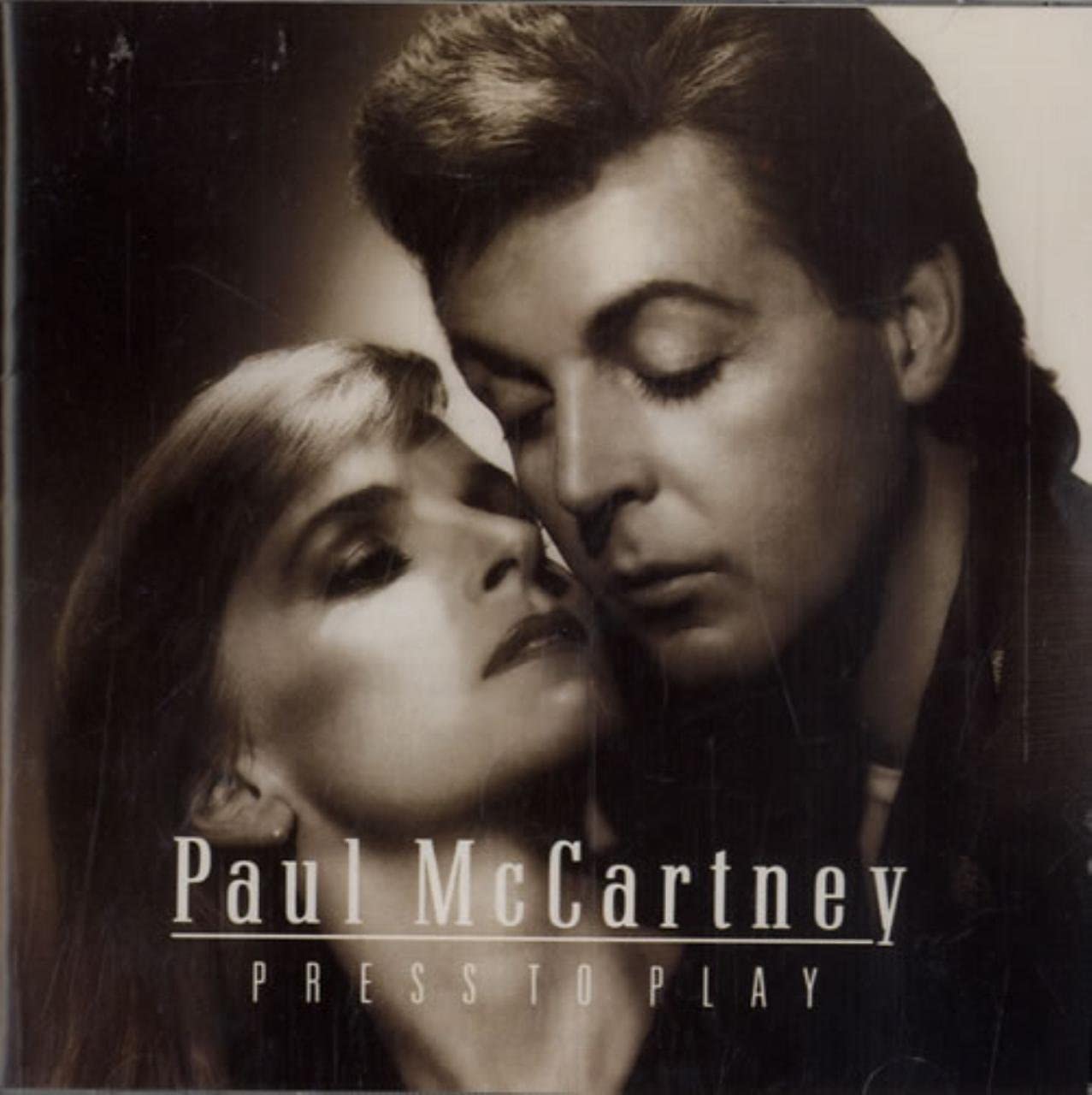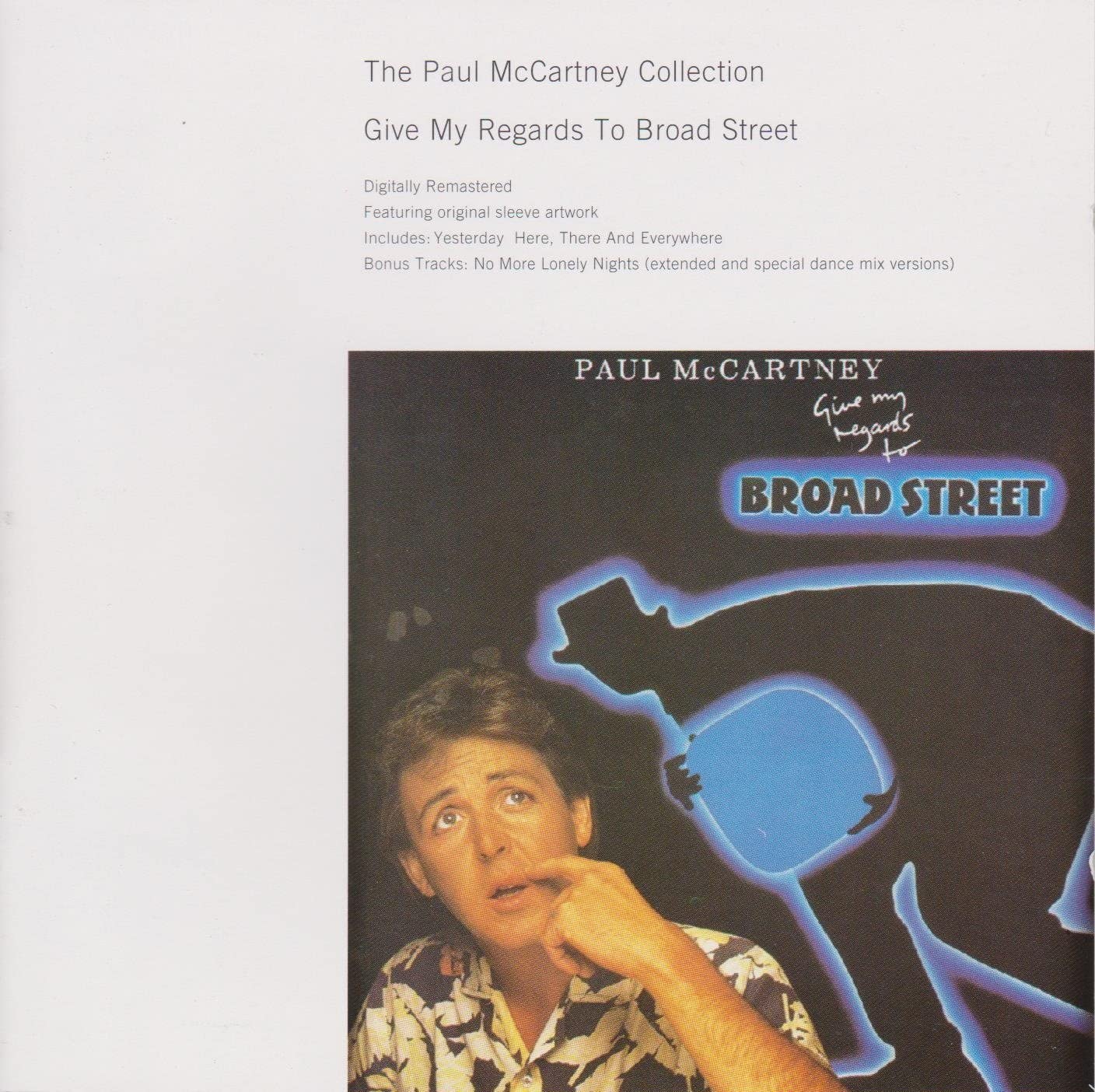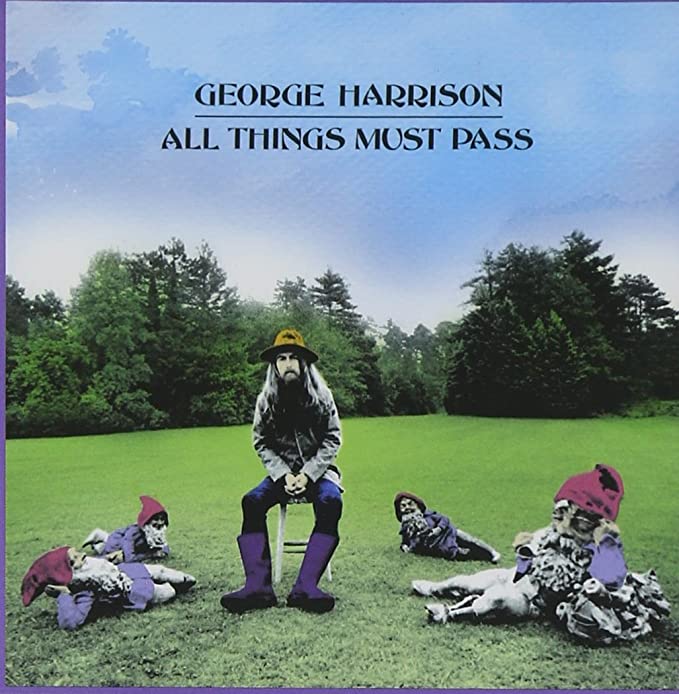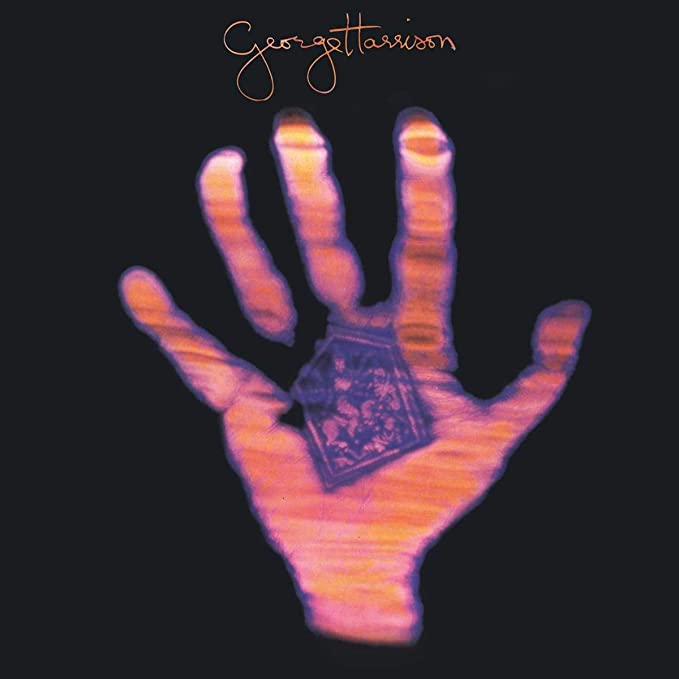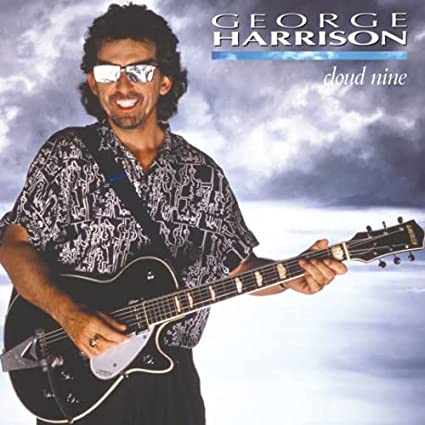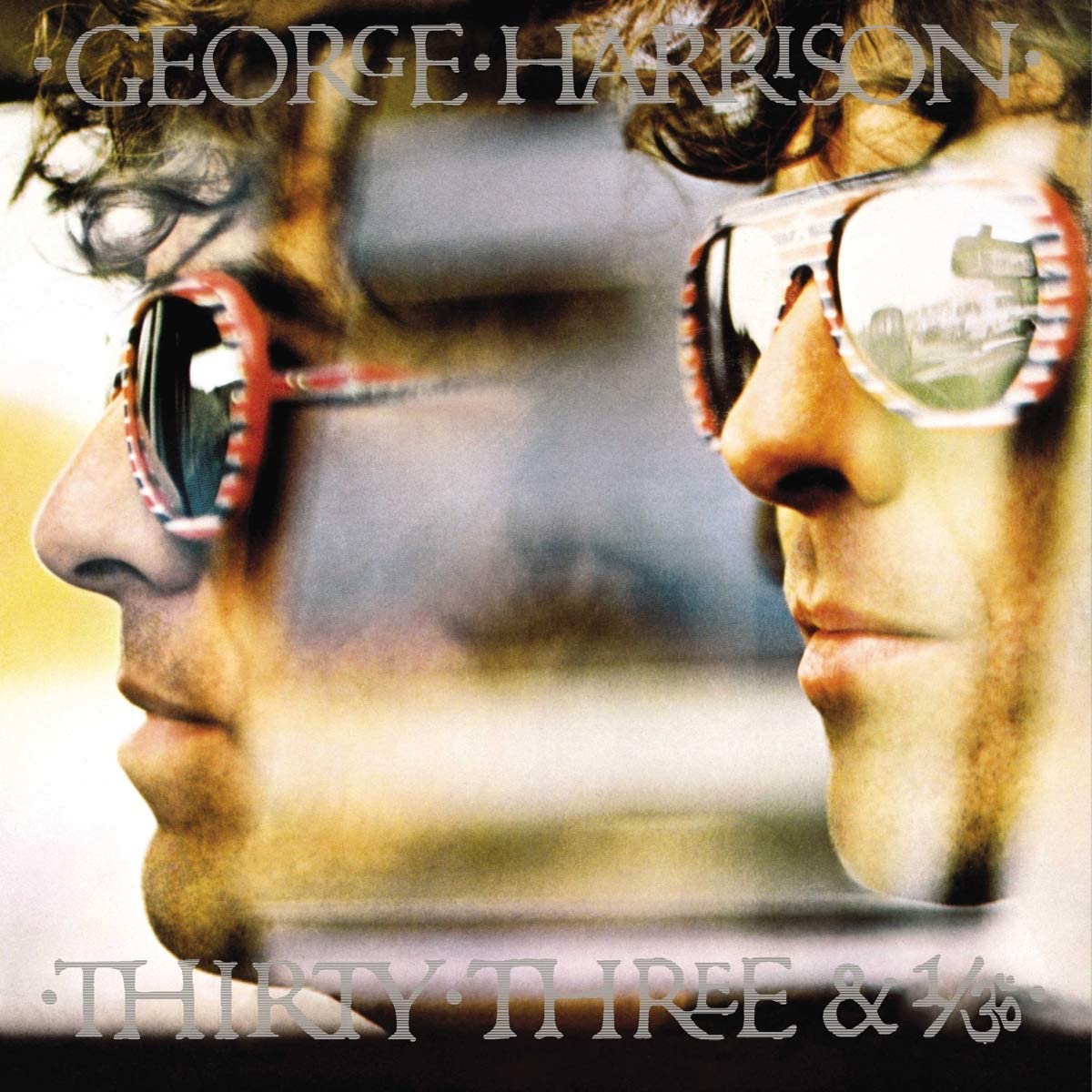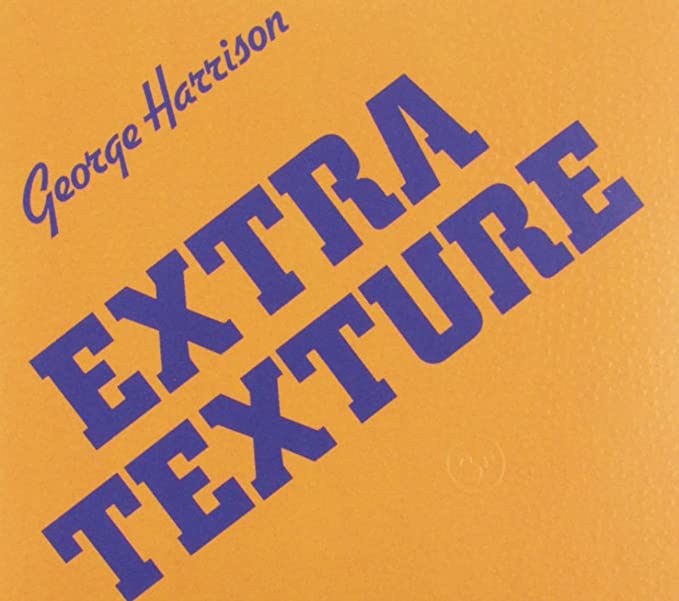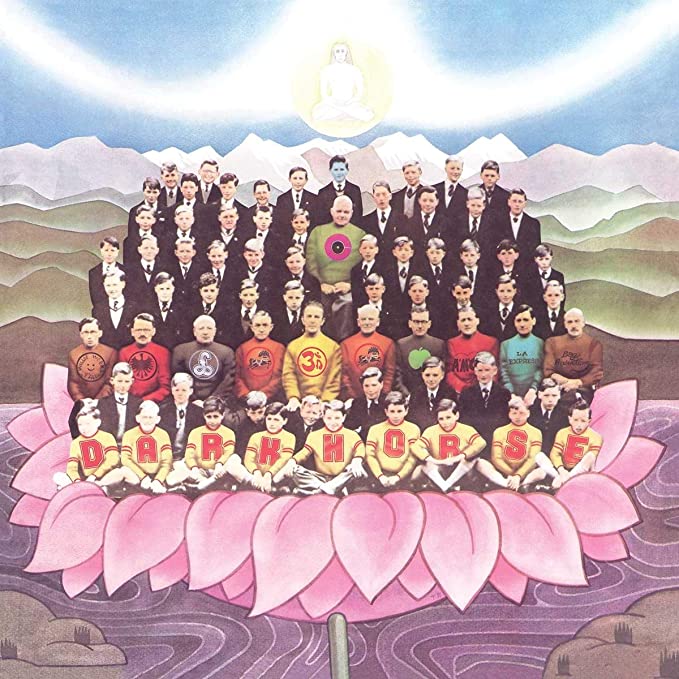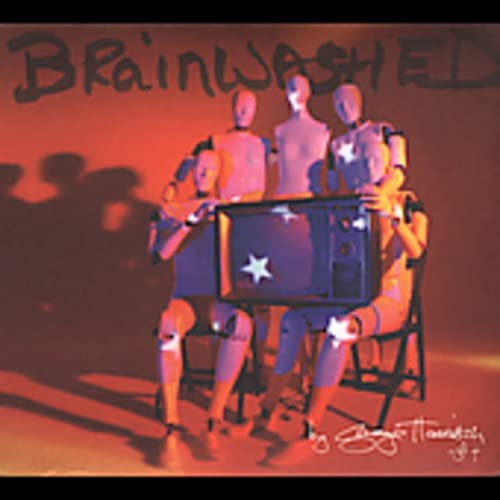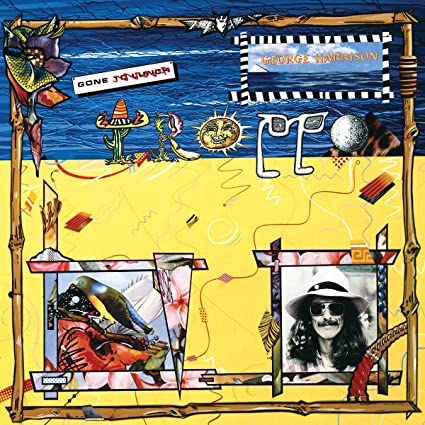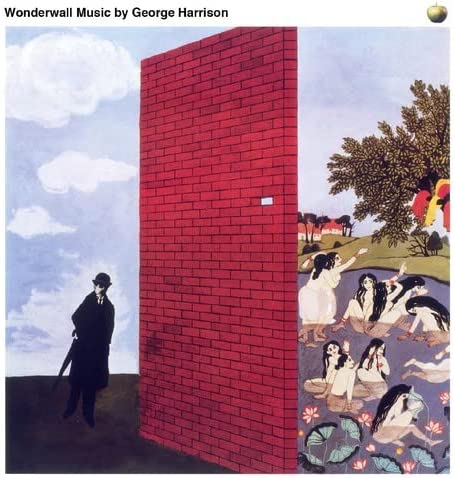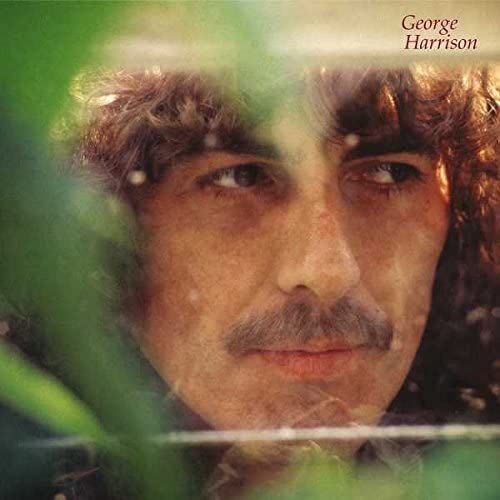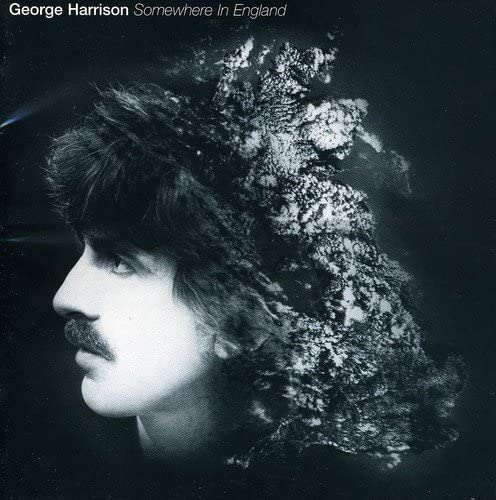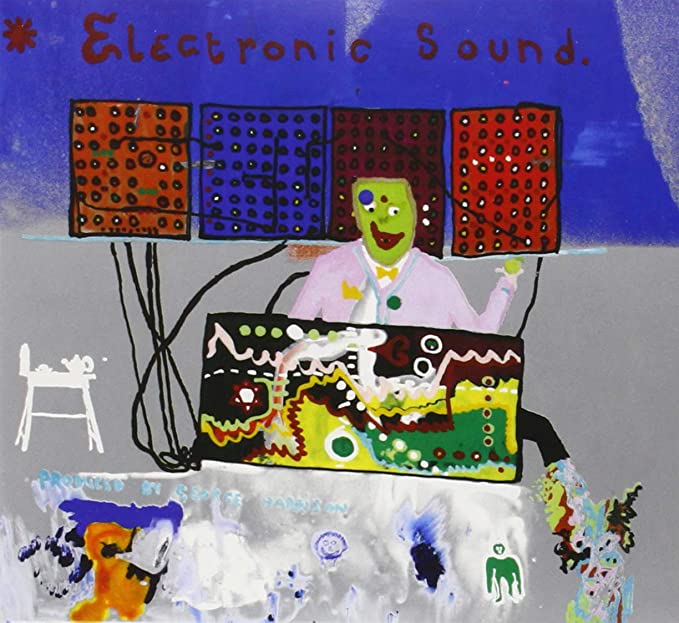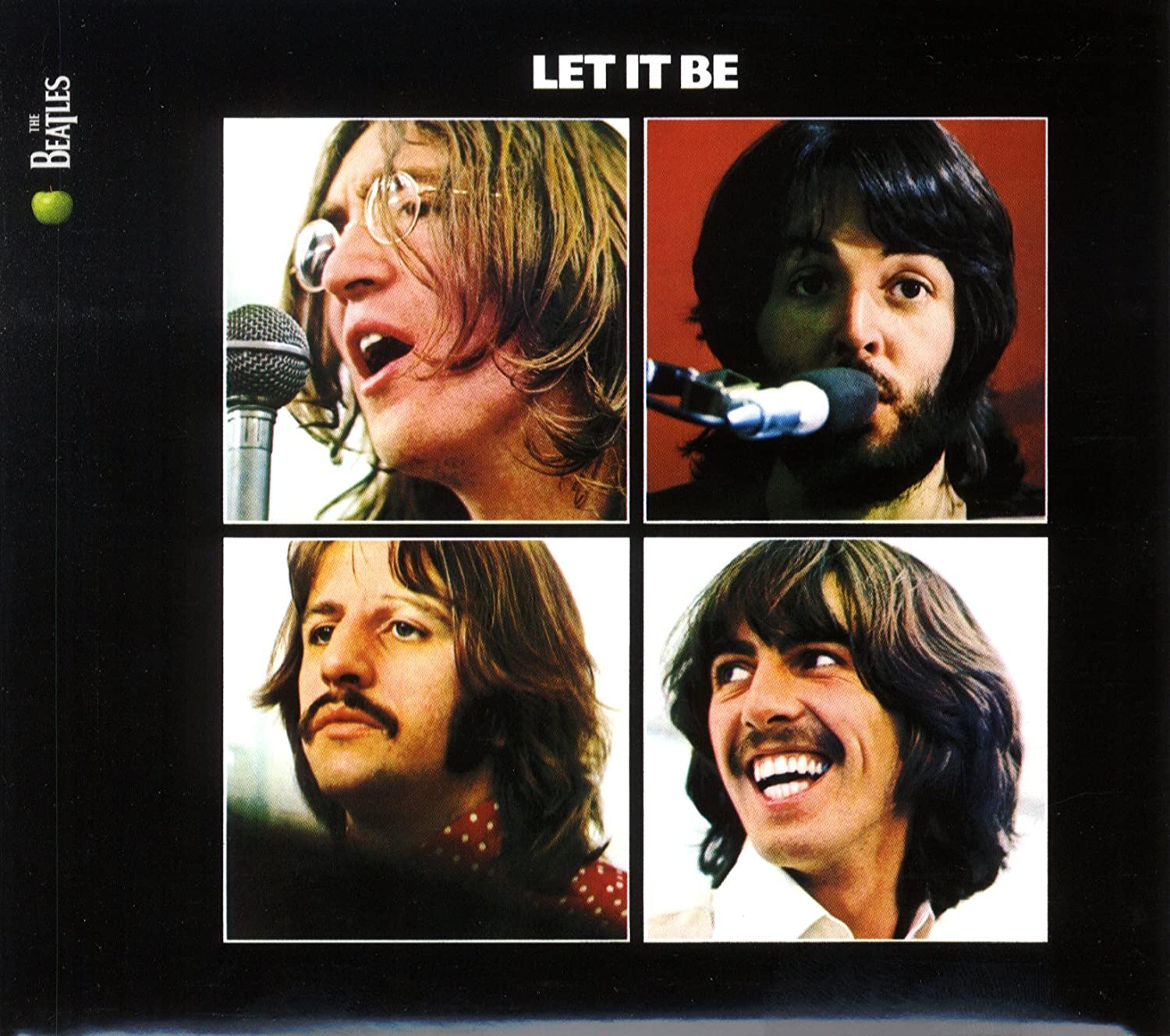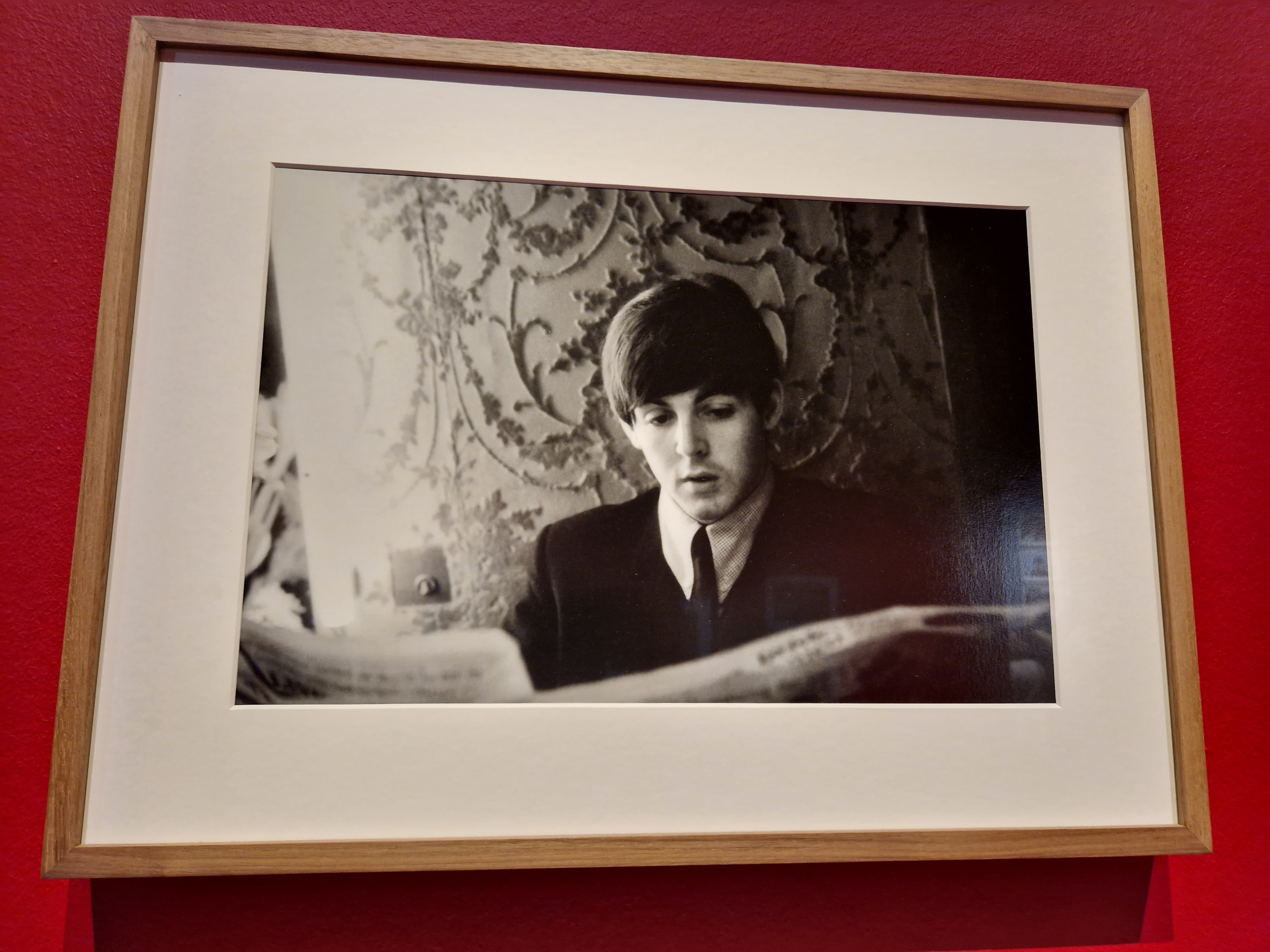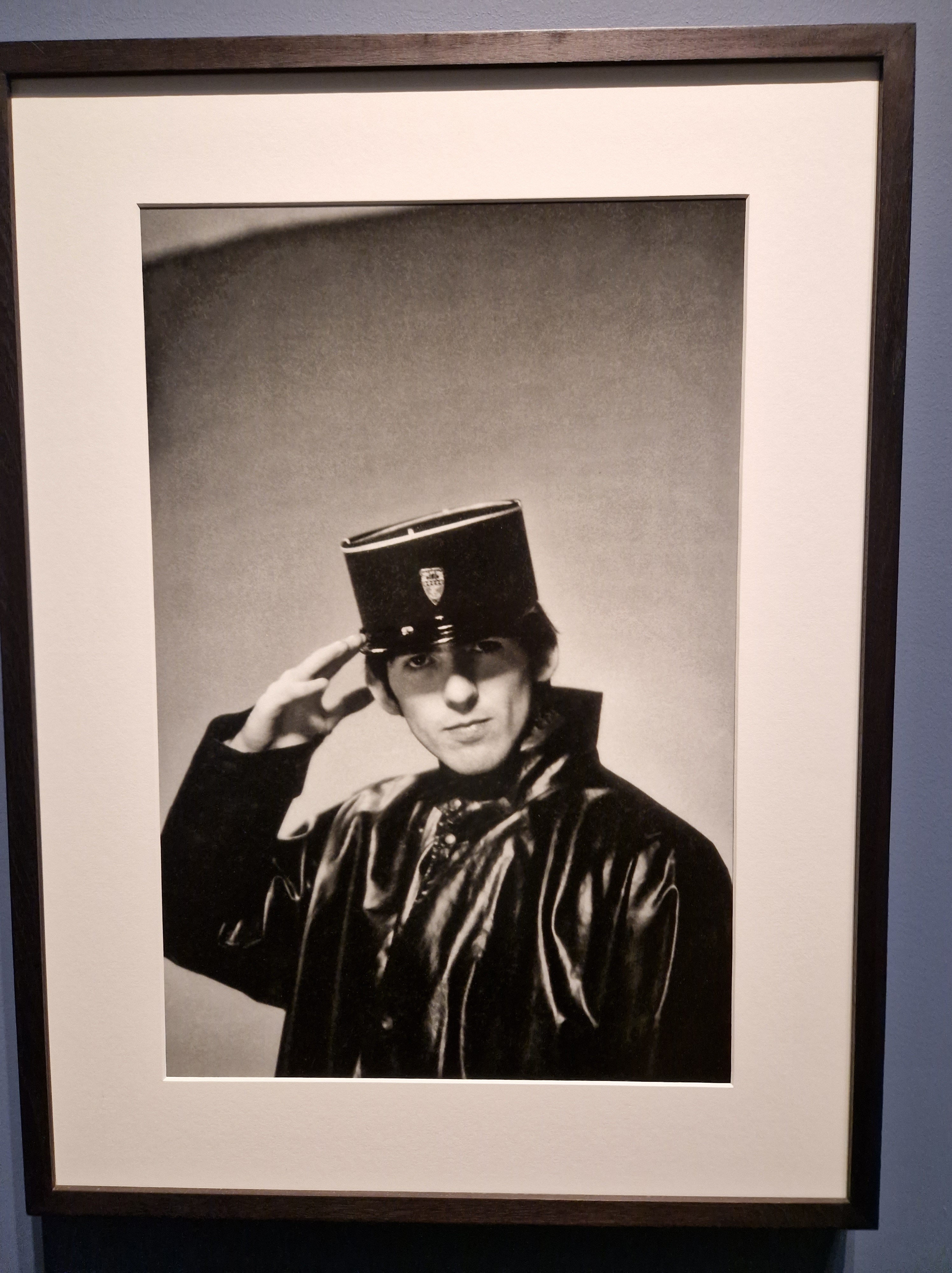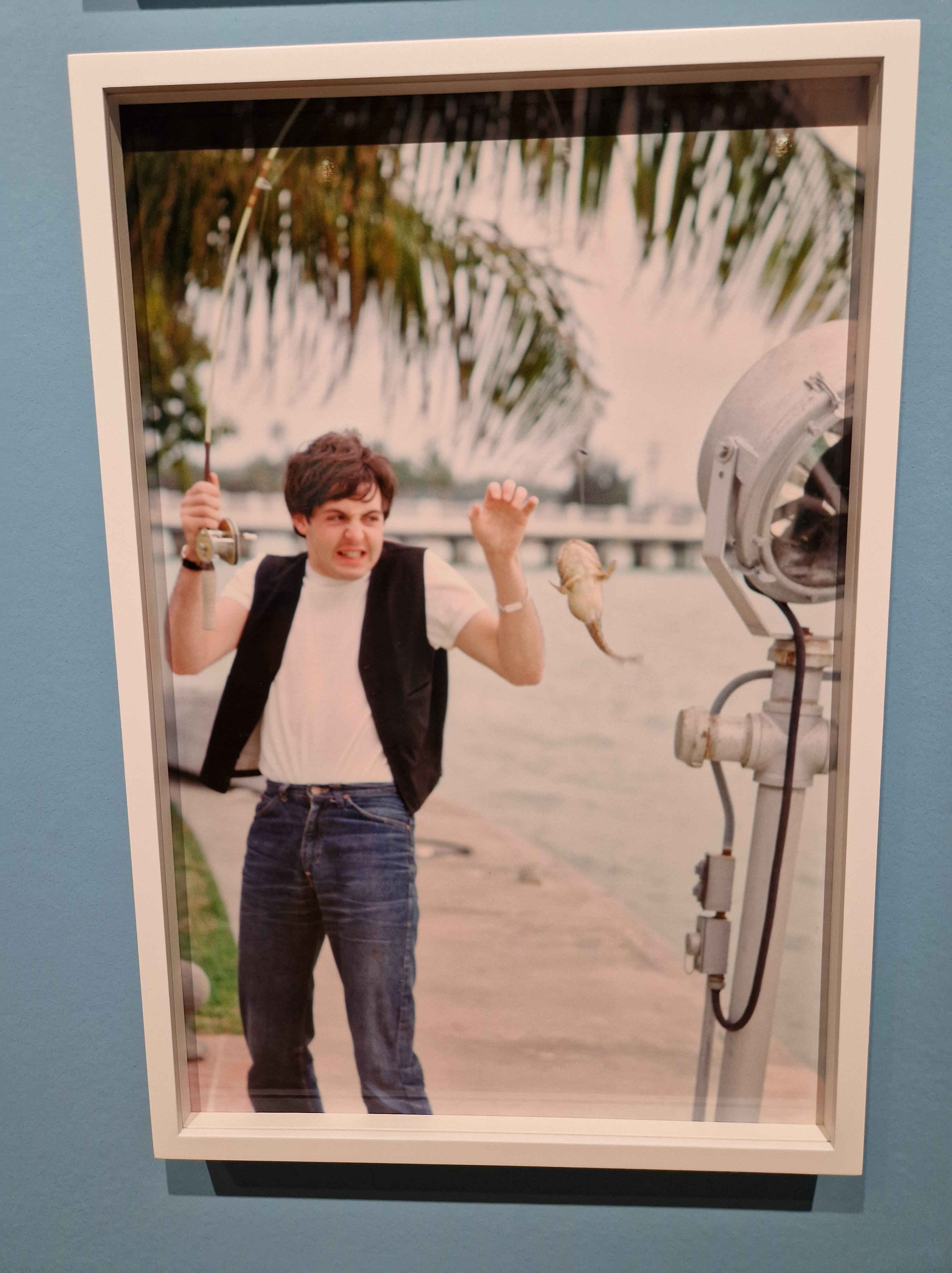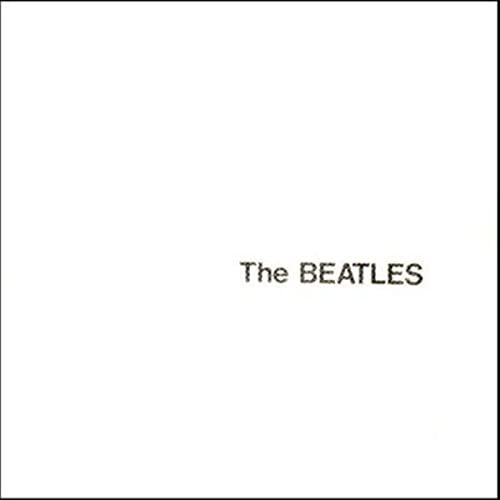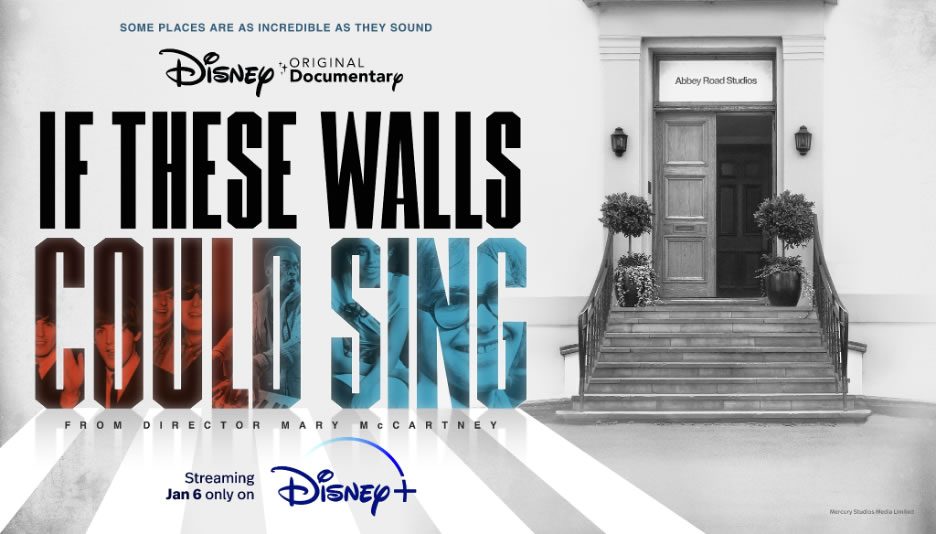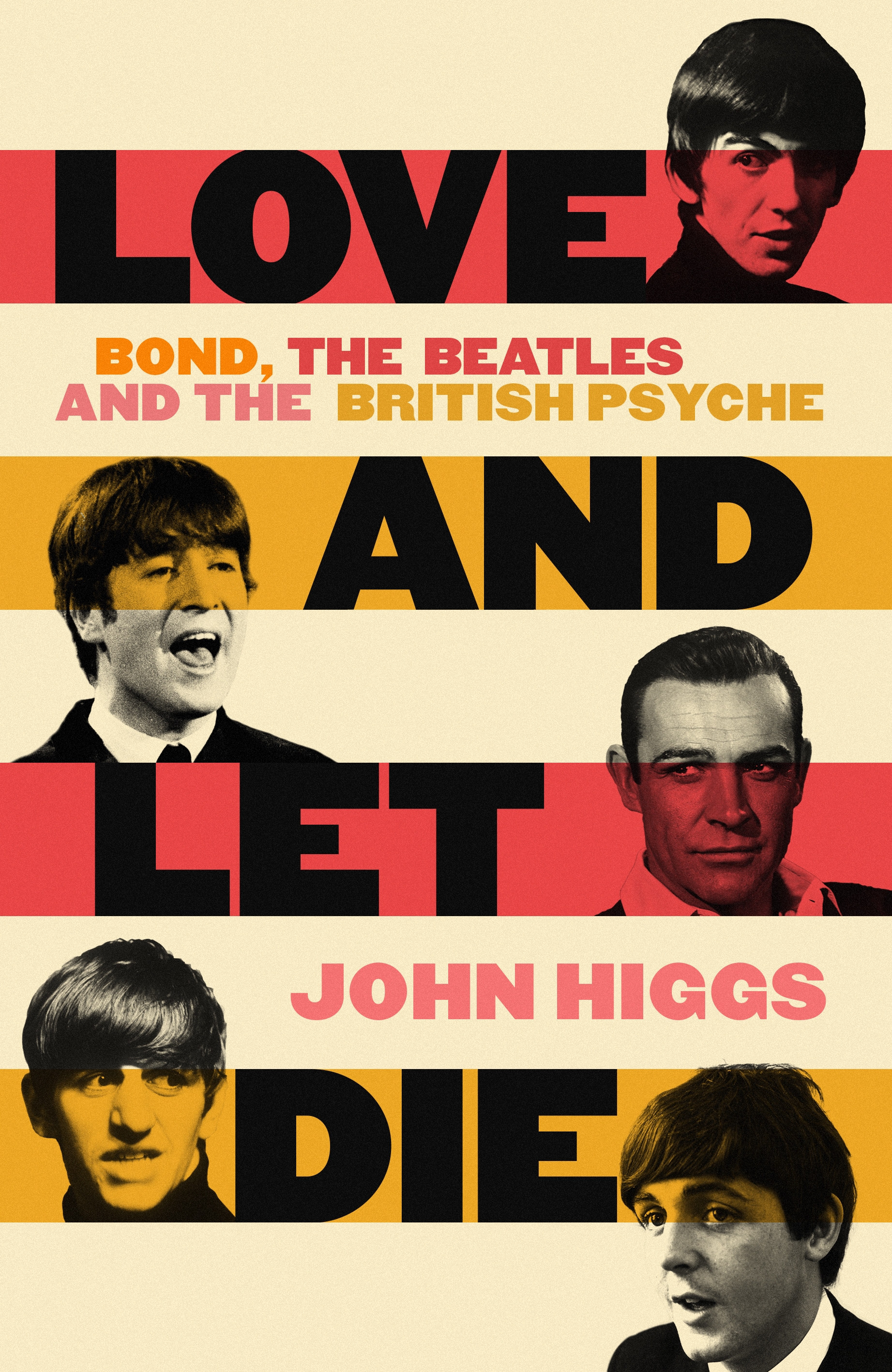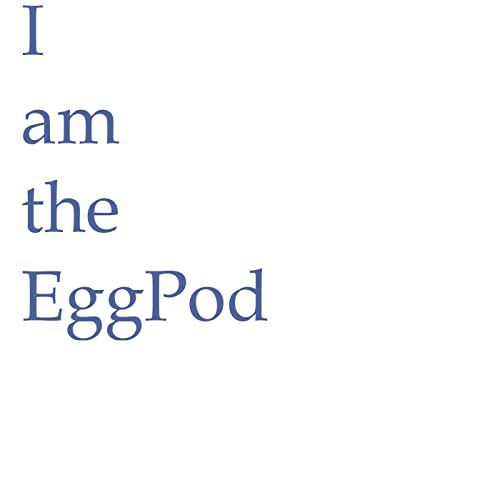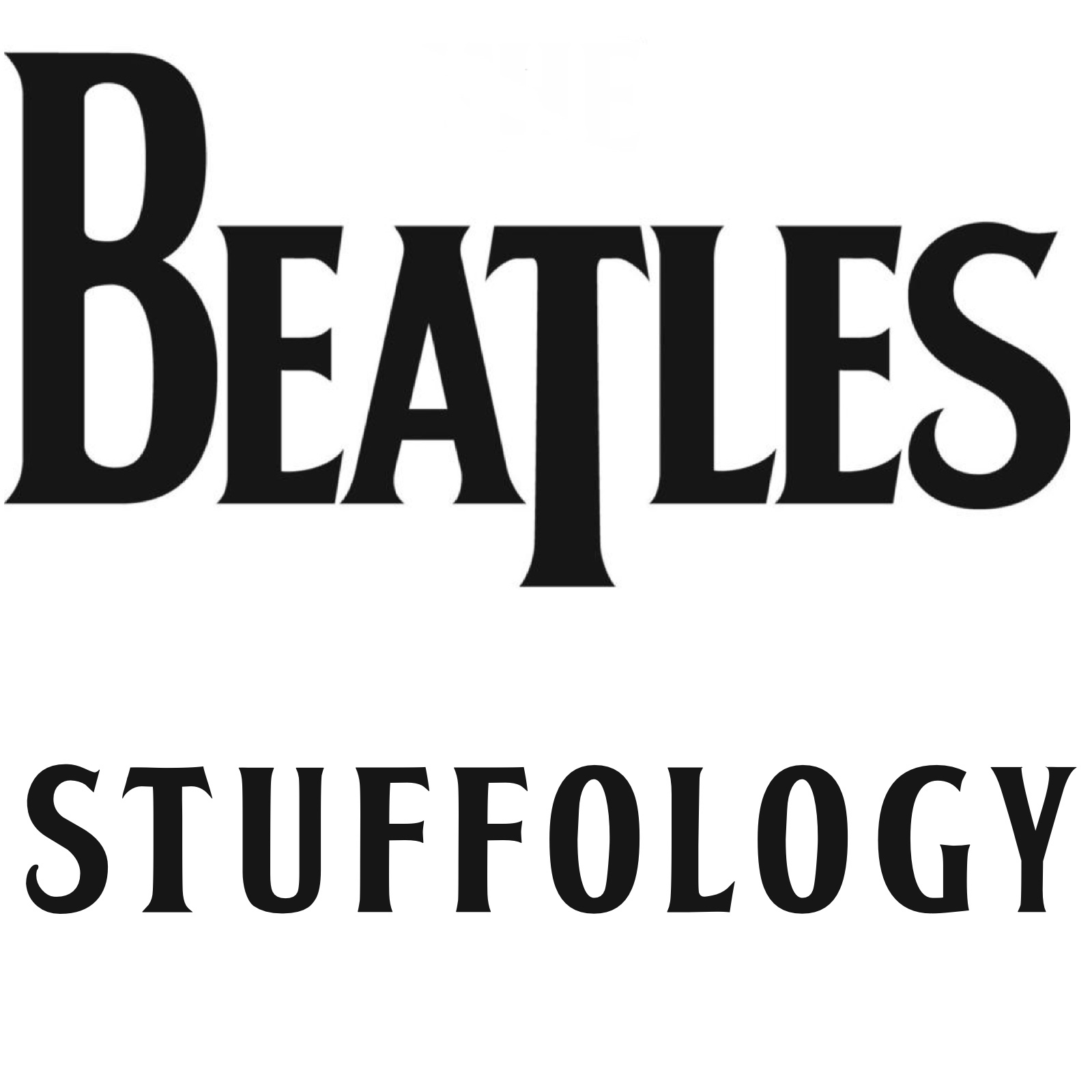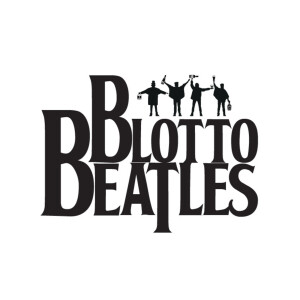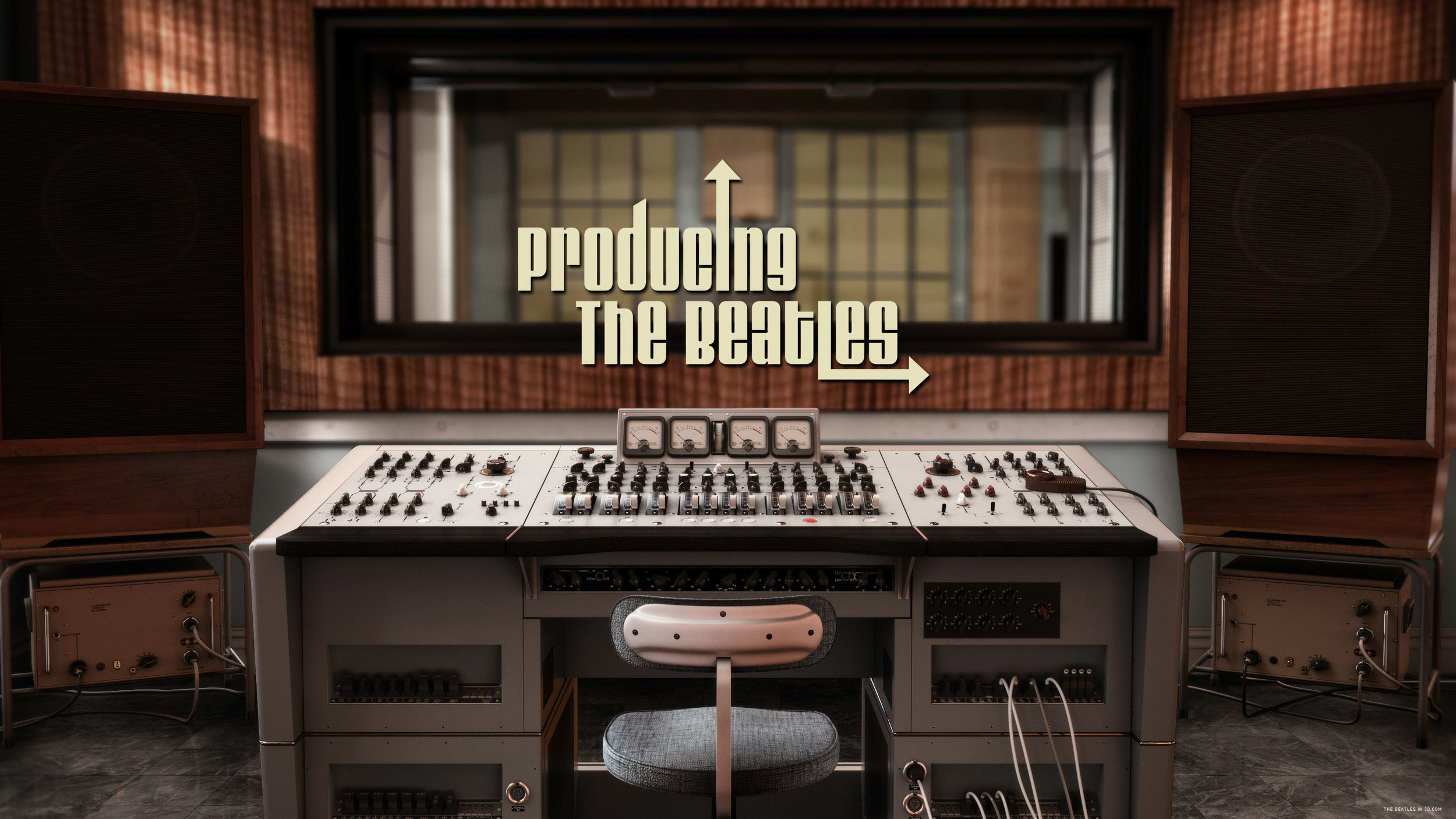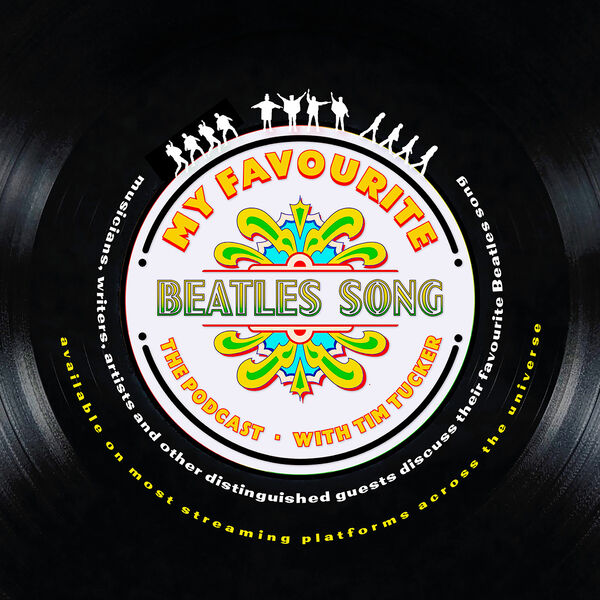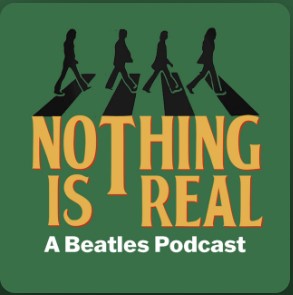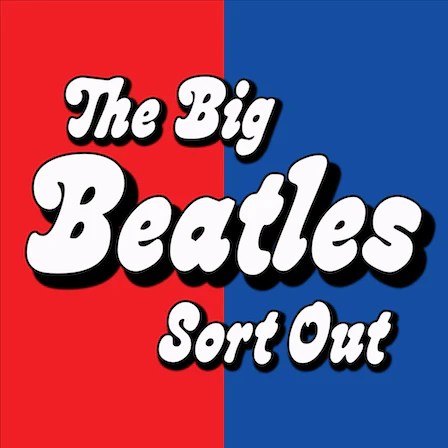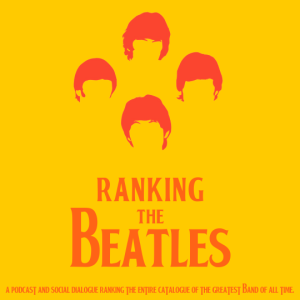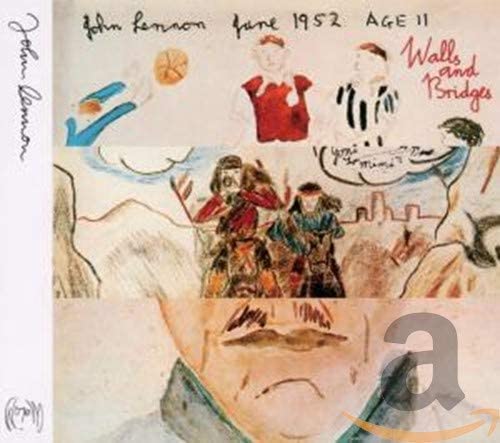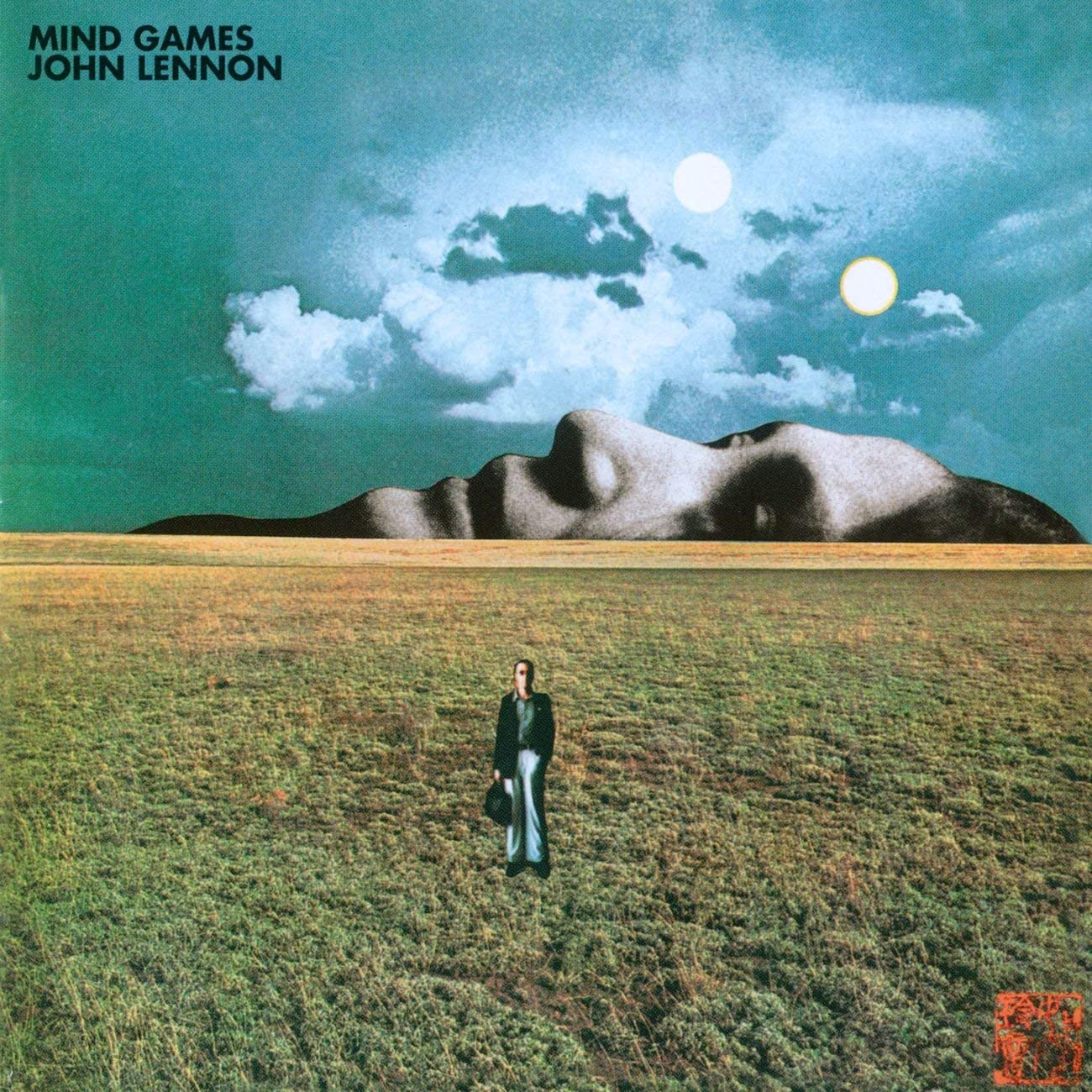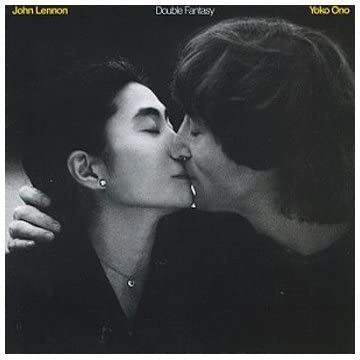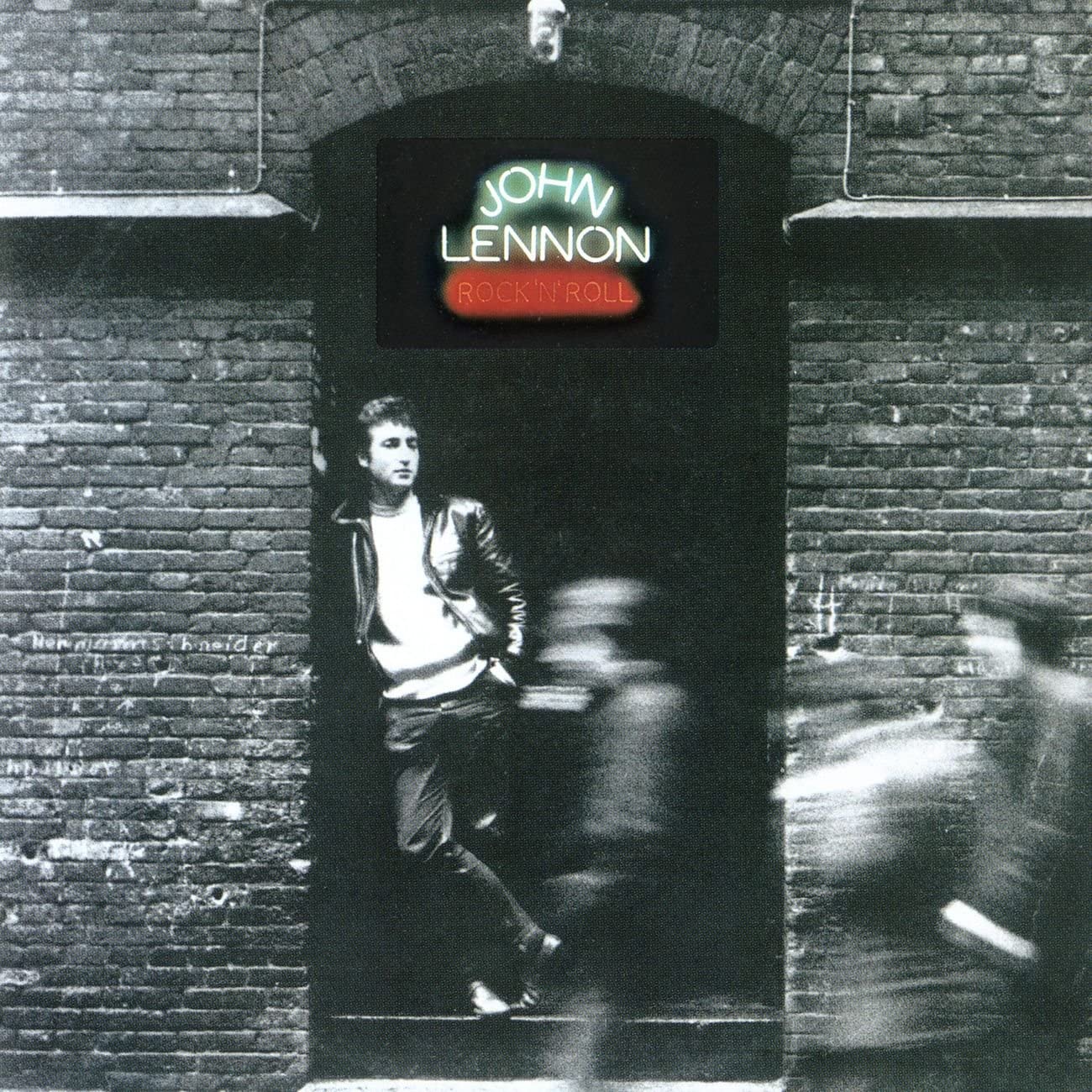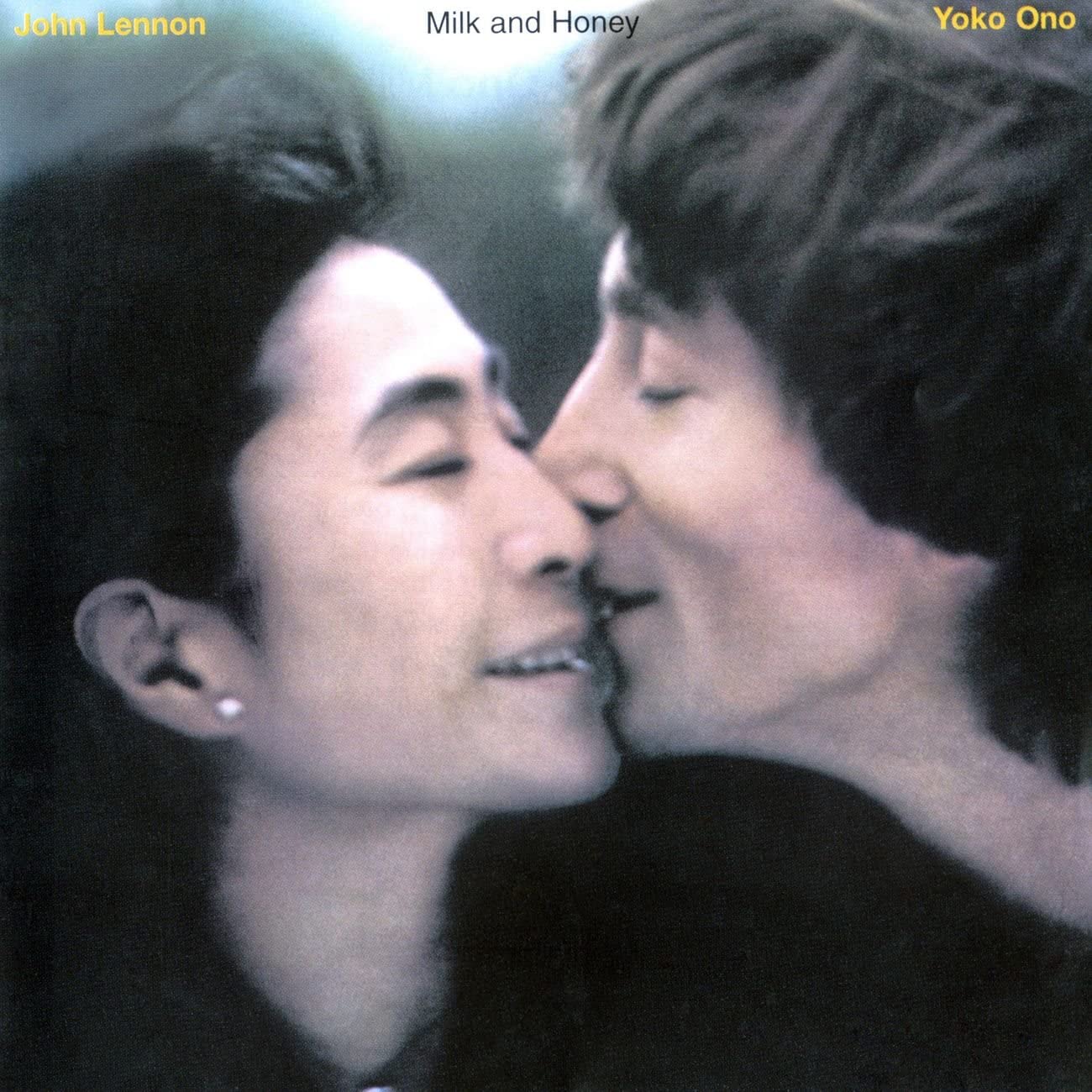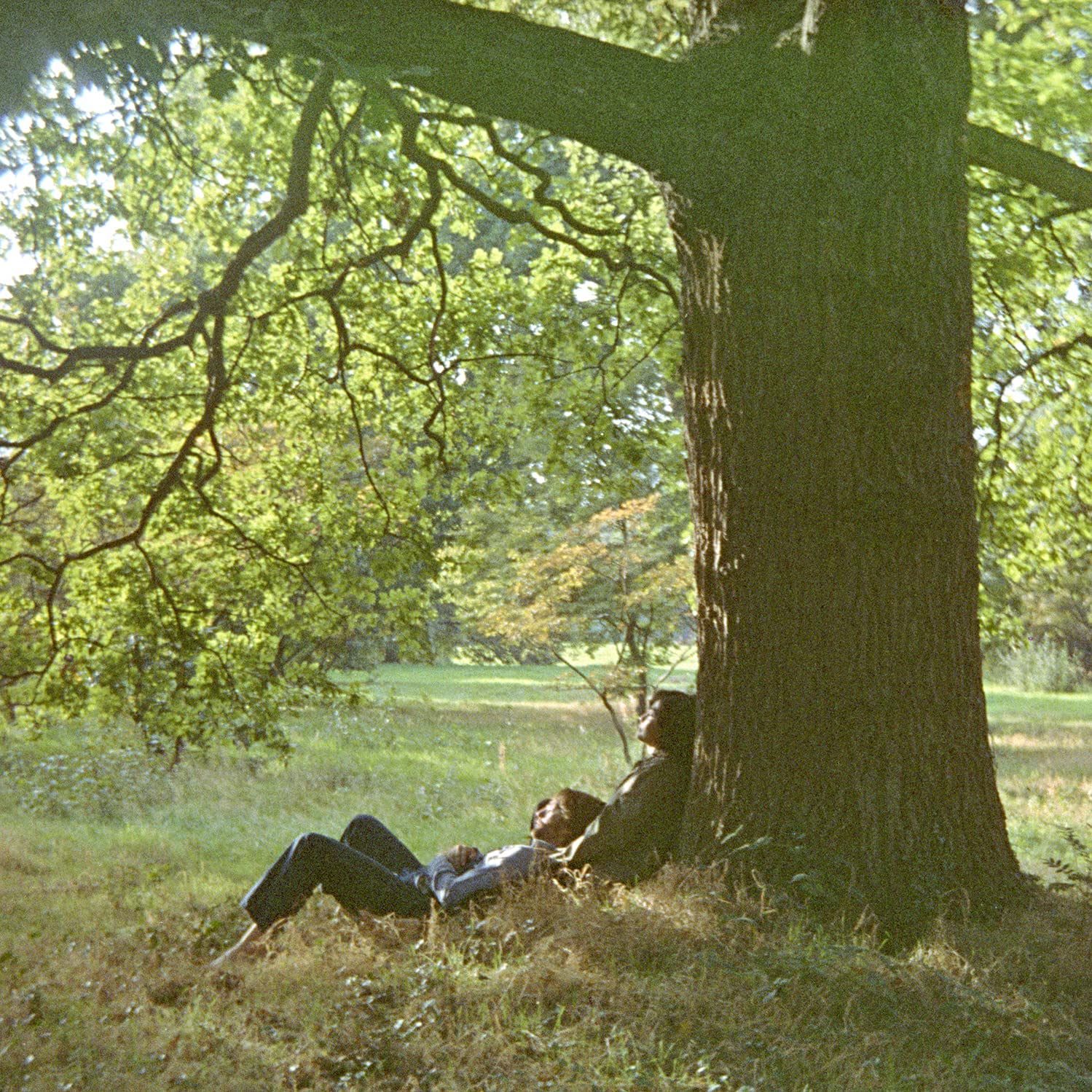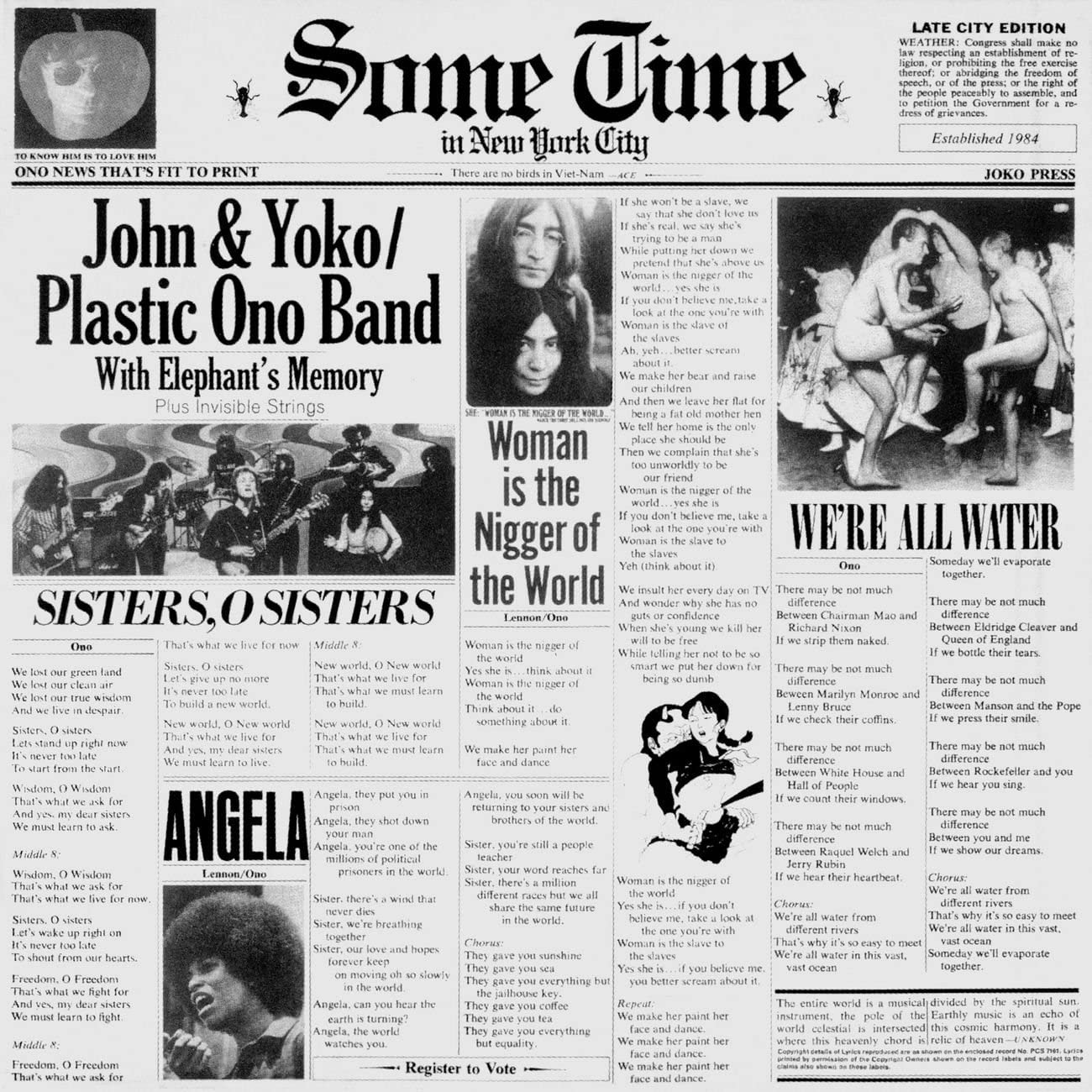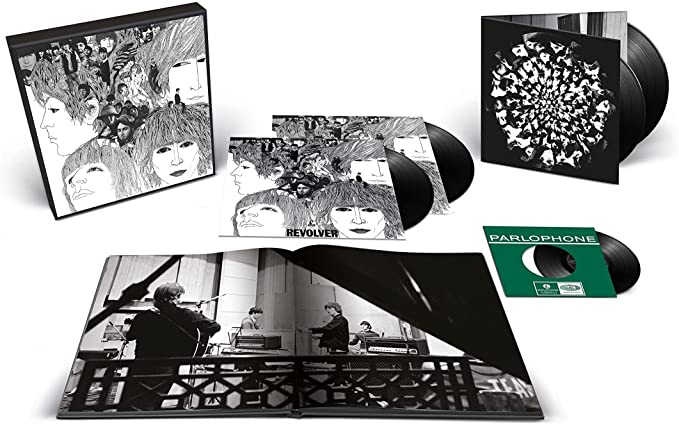
I [pretentious cough] ‘discovered’ The Beatles in the mid-2000s, aged 13. I began like so many others with the Red and Blue albums, but where to go next? Back then the adage that Sgt. Pepper’s Lonely Hearts Club Band was the greatest thing ever committed to record had largely eroded and been replaced by men-of-a-certain-age advocating for Revolver as the true rock masterpiece, so that’s where I headed.
Revolver. What is that? A pun? I spent hours staring at the artwork. Why are the boys out of order? (Paul, John, Ringo and George) Why are three of them looking away? Why, in a technicolour age is Klaus Voorman’s cover design in monochrome? And then there’s the tracklisting; the song titles are weird. Why doesn’t ‘Love You To’ make grammatical sense? Who is ‘Dr Robert’? What else, besides sing, can your bird do? What on earth (or any other planet) does ‘Tomorrow Never Knows’ mean? What, exactly, has Paul got to get into his life? George has three songs on this one; what the bloody hell? Is it even George on the back cover or is it three Beatles and Keith Richards? I hadn’t yet pressed play on the first track and already my little head was filled with things to say. A portable disc player and some over the ear headphones. I was alone, I took a ride, I didn’t know what I would find there.
What I found when I pressed play was finger snaps, tape loops, wild horns, backwards melodies, searing harmonies, drones, twin-lead guitars, clavichords, changing time signatures, fade-ins and fade-outs. I found the gruff nonchalance of the ‘Taxman’ count-in and the disconcerting semitone piano riff in ‘I Want To Tell You’. The delicate beauty of ‘Here, There And Everywhere’, the thunderous trance monotony of the ‘Tomorrow Never Knows’ rhythm section and the austere greyness of ‘Eleanor Rigby’. When the most perfect five-second guitar break in ‘Got To Get You Into My Life’ bursts the black and white bubble and lets the colour in, it’s like Bobby Moore lifting the Jules Rimet trophy.
Revolver is the most eclectic Beatles album. It’s the most ambitious and it’s the most fun. Not once is an idea repeated and, listening in order, you can hear the expansion of 20th Century popular music with every note, inspiring future artists across genres to pick up guitars, sit at pianos and evoke the sound of the Dalai Lama chanting on a mountain-top. Well, maybe.
But this article is not about Revolver, the album. It’s about Revolver, the 2022 Super Deluxe Box-Set, for which my adoring family handed over the £189.99 (plus delivery) for my 29th birthday present. Vinyl is my chosen medium these days and the excitement of holding in my hands the ‘new’ version of the album I’d loved for 16 years was palpable.
The New Stereo Mix
Despite the temptation to skip ahead to the studio outtakes, I behaved myself. The changes here are slight but fantastic. This is not a dusting-off or a face-lift. This is more like a leg-up over the wall into the chocolate factory, a gentle nudge into the 21st Century for something that will live forever. With the exception of ‘She Said She Said’ (on which the rhythm guitar on the left channel is a little intrusive), the new stereo mixes are invariably better than the 2009 re-masters.
This is a crisper, punchier sound. It’s more metallic in just the right places, like Paul’s raga-inflected solo in ‘Taxman’ and John’s acoustic strums in ‘I’m Only Sleeping’. It’s also warmer in others, like George’s lush harmonies, Ringo’s fills in ‘Here There And Everywhere’ and the sound effects in ‘Yellow Submarine’, transporting you to Studio No.2 with bathtubs and chains, Mal Evans’ hosepipe, Brian Jones clinking glassware and George Martin wearing brass instruments for hats. You can hear the fun that was had; how amazing that sound can convey that.
For a collection of songs so familiar to its listeners, there are things you’d maybe never noticed before. In at least two places, John and Paul sing ‘Bob Robert’ rather than ‘Dr Robert’ and Ringo does indeed play on ‘For No One’! The final chorus on ‘Good Day Sunshine’ is more pronounced before its fade-out and Paul’s yawn in the middle of ‘I’m Only Sleeping’ sounds like he’s waking-up right next to you. ‘Love You To’ sounds more authentically Indian than ever and for the first time becomes one of the stand-out tracks on the album.
Maybe it’s because of the sequencing or simply because Side One is so strong, but it always felt like the section after ‘Good Day Sunshine’ and before ‘Got To Get You Into My Life’ was overlooked. This is where the 2022 stereo mixes shine. The guitar work in ‘And Your Bird Can Sing’, the vocal agility and sympathetic percussion in ‘For No One’, the whirring guitars and Paul’s harmony line on ‘he’s a man, you must believe’ in ‘Dr Robert’ and the interplay between George’s guitar riff and Ringo’s drums in ‘I Want To Tell You’ are the highlights of the new stereo mixes.
Sessions
Even the Beatles fanatics among us who aren’t in constant search of bootlegs have heard some of this material before on Anthology 2 including take 1 of ‘Tomorrow Never Knows’, the hornless version of ‘Got To Get You Into My Life’, the how-many-words-can-we-get-into-the-backing-vocal version of ‘Taxman’ and the high-as-kites giggling breakdown of ‘And Your Bird Can Sing’, perhaps more appropriately titled ‘And Your Byrds Can Sing’. It’s the material we haven’t heard before that brings the magic to this collection and there’s a lot to pore over on these four sides.
Rain Take 5 – Actual speed
The song that invented Oasis was recorded in A and then slowed down to G. That version is impressive enough; Ringo’s finest moment on record with a drum part so unusual and busy that it gives the impression it might fall apart at any time, the rest of the song crumbling around it. Paul’s rumbling bass threatens to toss the needle out of its groove. But it’s even more jaw-dropping when you hear the rhythm track at its original speed. An oft-advanced criticism of these previously-unreleased studio tapes is that seeing behind the curtain ruins the illusion. This recording is that most rare example of learning more of how something was created posing further questions and a greater sense of awe. How did they play it at this speed and keep it so tight? Has a band ever sounded that good again?
Got To Get You Into My Life (First version) – Take 8
Paul is the most musically-gifted Beatle and, at the time of recording Revolver, the hippest and most adventurous of the four. It’s rather funny, therefore, to hear his apparent confusion at the idea to fade-in the organ:
Paul: ‘I don’t see how you’ll get any different sound from that’ [hits opening chord]
John: ‘You’ll get the organ but without the start of it’
Paul: ‘Why though?’ (See the photograph of Paul on page 6 of the accompanying book as a perfect companion piece to this quote).
Whether we’d admit it or not, we all want to be in The Beatles’ inner circle and, post-Get Back, these studio chatter clips make you feel like you’re in the room. Imagine that.
Yellow Submarine (Songwriting Work Tapes)
‘Yellow Submarine’ is relentlessly relied on by bores, music snobs and other Blue Meanies as hard evidence that (a) The Beatles are overrated and (b) Ringo is crap. Fortunately, I no longer feel the need to challenge such opinions. Is it musically complex? No, but we have ‘Here, There And Everywhere’ for that. Does it have the best vocal? No, but we have ‘I’m Only Sleeping’ for that. Does it challenge us as listeners? Well, now you mention it…
In Paul’s foreword he writes ‘…one twilight evening, lying in bed before dozing off, I came up with a song that I thought would suit Ringo and at the same time incorporate the heady vibes of the time, ‘Yellow Submarine”. This was certainly my understanding of its genesis. Children’s song. Written by Paul. Sung by Ringo.
However, this seems at odds with the two ‘Songwriting work tape’ versions of the song on side four of the Sessions discs. ‘In the place where I was born, no one cared, no one cared’ sings John, on a recording reminiscent of the earliest versions of ‘Strawberry Fields Forever’. A John song after all? What is perhaps more interesting is the following track. John sings the revised lyrics, beginning ‘In the town where I was born lived a man who sailed to sea’ after Paul’s encouragement that ‘…you know how to sing it’.
It’s impossible not to see these lines as a description of Alf Lennon. If that’s correct, then this is John at Plastic Ono Band levels of vulnerability and very far from the eventual Goons-like feel of the released version. That is not, of course, to say that Paul (and yes, okay, Donovan who contributed the lines ‘sky of blue, sea of green’ to the final version of the lyrics) didn’t write some, or even most of the remaining lyrics, but this is truly a revelation which challenges one little piece of the accepted narrative of ‘The Beatles’.
Tomorrow Never Knows – Take 1 & I Want To Tell You – Speech & Take 4
The album’s psychedelic closer was a turning point for a band for whom every album presented a turning point. If given its original name, ‘The Void’, it would be all too much. Tempered by the Ringo malapropism title and now also by John’s music-hall ‘da da da’ ending (which was left off the Anthology 2 version), we’re reminded that at almost no time ever did The Beatles take themselves seriously, and neither should we.
Similarly, a comedy highlight of the Sessions is John’s suggestion that George’s as-yet-untitled ‘I Want To Tell You’ should be named ‘Granny Smith part friggin’ two’. A reference to the working title of ‘Love You To’ being ‘Granny Smith’, this self-referential Beatle humour is just what we were hoping for. The actual working title for this song ended up as ‘Laxton’s Superb’.
Eleanor Rigby Speech before Take 2
This fragment reflects so much of what the band and their story is all about. On the studio floor, professional classically-trained musicians with cut-glass accents discuss the virtues (or otherwise) of using vibrato on the string quartet accompaniment to ‘Eleanor Rigby’ while the learned-RP voice of George Martin acts as translator. Up above them, by about 20 stairs, paying half-attention is the not quite 24-year old working class creator, James Paul McCartney. Could he tell a difference between the two takes? ‘Err, not much’. The student becoming the master.
This is a reminder of two things – first, that the creative boom of the 1960s relied on a disruption of the class system in Britain. Second, that The Beatles needed and welcomed collaborators, the most essential of whom was George Martin.
The Other Bits
The Super Deluxe box also includes:
an LP of the original mono master, still sounding glorious on 12-inch vinyl and a good comparator for the new stereo mixes; a ‘Paperback Writer’ c/w ‘Rain’ EP, reminding us of just how fierce that guitar tone was, featuring, on Side A, the new 2022 stereo mixes and, on Side B, the original mono mixes, in replica Parlophone packaging complete with ‘Emitex’ advertisement; and a 100-page book with a foreword by Paul and contributions from Giles Martin, Questlove and Kevin Howlett as well as a track-by-track exploration of the album, a comic strip from Klaus Voorman and some contextual commentary on the album’s release and musical/cultural significance all embossed with a subtle extension of the album cover’s tentacle-like moptops.
The Book
Paul plays things down in the foreword, referring to Revolver as ‘All in all, not a bad album’. Classic Paul. Giles Martin’s thank you note to his father, The Beatles and their listeners is genuine and heartfelt and the track-by-track analysis (including images of original lyric fragments and annotated tape boxes) is a lovely world in which to escape for a while. Questlove’s ‘Evolver’ piece perhaps focusses a little too much on other albums, but the sentiment is just right and the discussion of the enduring quality of Revolver and its reception by and influence on a black audience is excellent. Klaus Voorman’s comic strip on the creation of the artwork is childlike and endearing, albeit unusual, and includes a particularly enjoyable likeness of Brian Epstein.
But, like so many Beatle things, the best bit about the book might just be the photographs. Particularly good examples are: a working studio band with George on bass (pgs. 20-21), Paul listening to the competition (pg.33), sunglasses indoors (pg.34), the sartorial elegance (pgs.78-79) and the instruments which created it all, including a rare mid-sixties shot of a Beatles’ Fender Stratocaster (pg.100).
A Collection Of Oldies?
Box sets are collectors’ items; how often do you listen to studio outtakes in place of the real thing? They are a completist’s luxury, and I’m okay with that. Since the novelty of the Sgt. Pepper box in 2017 and the expanse of the White Album box in 2018, heavy scrutiny is now inevitable of these expensive annual offerings. But, what are we really looking for? I propose that we Beatlemaniacs have started to take The Beatles for granted.
Until recently, the received wisdom was that we’d never get anything earlier than Sgt. Pepper because of the way those albums were recorded. Yet, thanks to the legacy of Get Back and Peter Jackson’s ‘de-mixing’, here’s the one we were craving (with rumours of Rubber Soul as the next to receive the archive treatment). Not many albums could credibly live up to Giles Martin’s observation that ‘Music doesn’t get old; we just get old around it’ (Revolver Book – Introduction pg.9) and it’s fitting that a record which still sounds so fresh after 56 years can be enhanced for modern listening by the most cutting-edge of technologies. We can all now finally listen to Revolver on stereo headphones which means the sound of Summer ’66 can un-grey your daily commute or provide a soundtrack to your martini-sipping on a St. Tropez sun lounger.
In this chapter of the greatest story ever told, full to the brim with chance meetings, happy accidents and making-it-up-as-they-went-along, sometimes it’s the things that didn’t happen that matter most. Revolver could’ve been recorded at Stax Studios in Memphis (The Beatles’ soul record). It could’ve been called After-Geography or Abracadabra or Beatles On Safari. But it had to be recorded at Abbey Road. It needed the quintessential Englishness of men in white lab coats running around while four crazy twenty-somethings invented, created, pushed the boundaries and changed the world. Where Rubber Soul was all log fires, corduroy and incense, a stylus-crackle adding to the ambience, Revolver is tin foil, strobe lighting and mercurial intensity, demanding of the highest quality audio reproduction, which this box-set offers.
It will be forever the sound of Swinging London, England’s World Cup Win and the glistening water-mark for rock albums to come. But it is also a reminder that creative projects should be just that, creative, not conforming to an expected structure or genre-profile. Popular music has lost that edge now. Again quoting Giles Martin, ‘if you get tired of listening to Revolver, you get tired of life’. I’d urge all musicians and artists of any ability, age and discipline, use this reissue to escape, by all means, but do not view it as an historical record of something which cannot happen again. Use it as inspiration. Create.
It’s pricey, it’s extravagant, it takes up shelf-space you could fill with something more practical and no, it doesn’t have anything majorly unexpected or shocking to anyone who isn’t a seasoned Beatlemaniac. So, should you buy it? Think of it this way: this is not just Revolver, probably the best album The Beatles ever made (ask me again tomorrow and I might give you a different answer), it’s 2 hours, 42 minutes of Revolver and how could anyone not want that?
Review written by Jordan Frazer
The Beatles Handbook rating: 5 stars
Buy this album: Revolver
